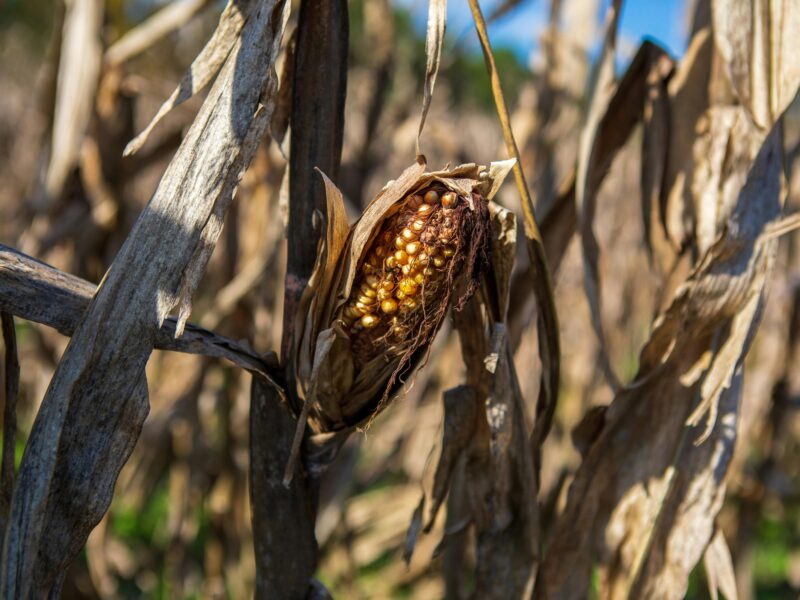Perennial gardens are the backbone of many landscapes, offering a reliable display of color and texture year after year. Unlike annuals, which need to be replanted each season, perennials come back, growing larger and more vibrant with each passing year. However, to achieve this lasting beauty, perennials require specific care throughout the different seasons. Here’s a comprehensive guide to managing your perennial garden through the year, ensuring it remains a stunning feature of your outdoor space.
Spring: Awakening and Preparation
Spring is a time of awakening for perennial gardens, as plants emerge from their winter dormancy. This season is crucial for setting the stage for a healthy growing period.
- Cleaning and Cutting Back: Begin by clearing away any debris, old mulch, and dead foliage from the garden beds. Cut back any dead stems to make room for new growth.
- Soil Care: Enrich the soil by adding compost or well-rotted manure. This will replenish nutrients that were depleted over the previous growing season and help improve soil structure.
- Division: Spring is the ideal time for dividing perennials that have become too large or are starting to crowd their neighbors. Dividing helps maintain plant health and vigor, and it’s a great way to propagate your favorites.
- Early Planting: Get an early start on planting new perennials in your garden as soon as the frost has passed. The cool spring weather helps plants to establish roots without the stress of summer heat.
Summer: Maintenance and Enjoyment
Summer brings the peak of beauty in a perennial garden, but it also requires maintenance to keep plants looking their best.
- Watering: Establish a regular watering schedule, especially during hot, dry periods. Water deeply and infrequently to encourage deep root growth.
- Mulching: Apply a layer of mulch to help retain moisture, suppress weeds, and keep the roots cool.
- Deadheading: Regularly remove spent flowers to encourage plants to produce more blooms and extend the flowering period.
- Pest and Disease Management: Keep an eye out for signs of pests and diseases. Early detection and treatment can prevent more significant problems.
Autumn: Preparation for Dormancy
As the growing season winds down, autumn is a time to prepare perennials for their dormant period.
- Late Planting: Autumn is a great time to plant new perennials, as the cooler temperatures and natural rainfall help plants establish without the stress of summer heat.
- Feeding: Apply a balanced, slow-release fertilizer to provide nutrients that will help strengthen the plants’ roots over the winter.
- Mulching: Refresh the mulch layer to protect plant roots from freezing temperatures and to provide a barrier against soil erosion.
- Pruning: Some perennials benefit from being pruned in the fall, while others are best left until spring. Research your specific plants to determine the best pruning time.
Winter: Protection and Planning
Winter is mostly a quiet time for perennial gardens, but there are still a few tasks to ensure the plants survive the cold.
- Winter Protection: In very cold climates, add an extra layer of mulch after the ground has frozen to protect plants from freeze-thaw cycles.
- Planning: Use the quiet of winter to plan any changes or improvements to your perennial garden. This is a great time to order seeds and plants for the upcoming season.
General Tips for Year-Round Perennial Care
- Regular Observation: Walk through your garden regularly to observe changes and tackle issues before they become problems.
- Record Keeping: Keep a garden journal to note what plants thrive and where, as well as any pest or disease issues and how you dealt with them.
- Soil Testing: Periodically test your soil to determine its nutrient content and pH level. Amend the soil as necessary to keep it optimal for your specific plants.
Benefits of Perennial Gardening
- Cost-Effective: Once established, perennials return each year, reducing the need to buy new plants annually.
- Less Labor-Intensive: Although perennials require maintenance, they do not need to be replanted each year, saving time and effort.
- Ecologically Friendly: Perennials help reduce soil erosion and increase biodiversity in your garden.
Perennial gardens are a dynamic component of the landscape, offering a unique blend of continuity and change. Each season brings its own set of tasks to ensure these hardy plants continue to thrive and adapt year after year. With proper care, a perennial garden can provide lasting beauty and a sense of accomplishment that grows over time. Whether you are a novice gardener or a seasoned green thumb, the perennial garden is a rewarding endeavor that beautifies your space and nurtures the ecosystem.


